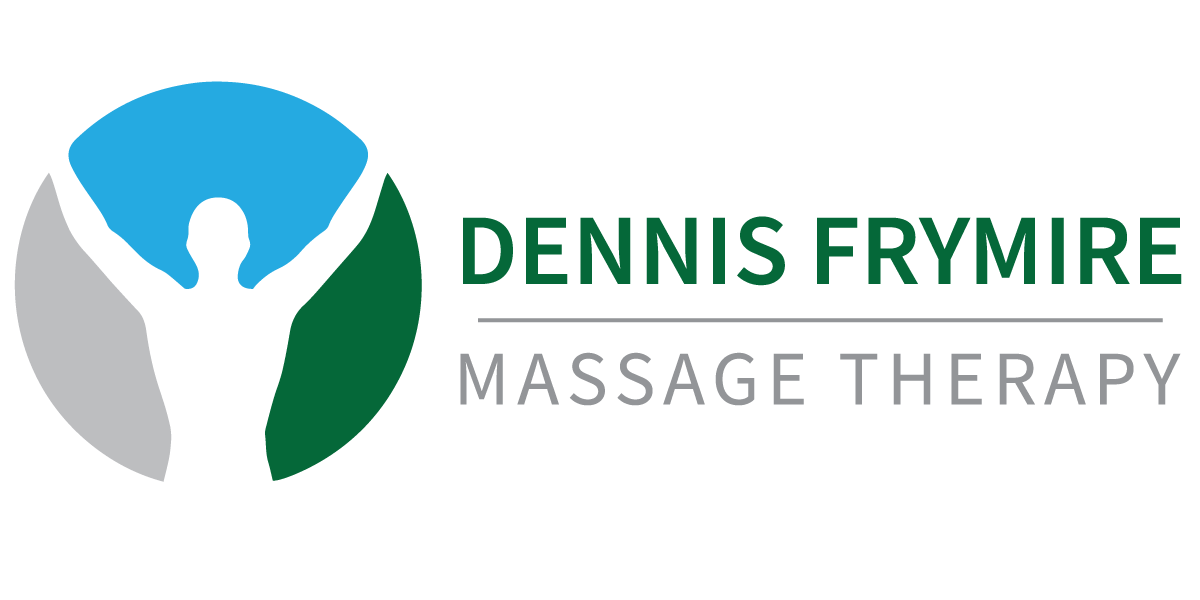We often refer to the rotator cuff structure as one muscle, but it is actually comprised of four muscles:
- Supraspinatus
- Infraspinatus
- Teres Minor
- Subscapularis
Together, they work to stabilize the shoulder, and hold the head of the humerus inside the fossa (a small indentation) of the scapula. The head of the humerus adjoining with the scapula is known as a “ball and socket” joint, which allows for the most range of motion out of all the types of joints there are in the body. But this also means the joint is more susceptible to injury.
Rotator cuff injuries are common for people who have occupations or play sports that include repetitive motion in the shoulder, particularly overhead. Office and desk workers are also prone to injuries and pain due to rounding and slumping of the shoulders. A rotator cuff injury will result in a dull ache in the shoulder, perhaps made worse by sleeping on it. In some cases, the rotator cuff can be injured in a single accident, sometimes resulting in a tear in one or more of the tendons or muscles. In that case, immediate medical care is needed to treat the injury.
How Massage Can Treat Rotator Cuff Injuries:
Rotator cuff injuries can lead to limited range of motion in the shoulder, impingement of nerves and other structures in the area, and in some cases, strains and tears. Massage can help alleviate the pain, and also help stretch and elongate muscles. Posture analysis and self-care exercises can also be provided to reduce risk of future re-injury or aggravation.

